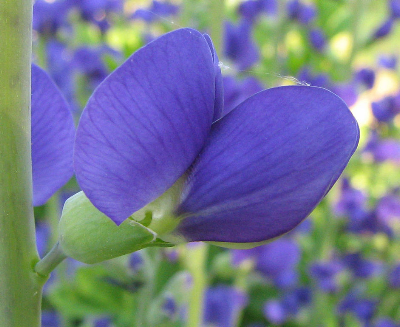

The first step involves cutting up the harvested ai leaves and allowing them to ferment. “The dye itself requires nurturing.”Ĭobalt-blue bubbles rise to the surface of the dyeing solution. “Japanese indigo is a living thing,” a staff member explains.

It’s Alive!Ī pungent smell wafts up from the vats in the dyeing room at Ai no Yakata. The samurai valued aizome not only for its beauty but also for its antimicrobial properties, which helped prevent rashes and other problems caused by chafing and perspiration.Īi no Yakata, located in the former mansion of a Tokushima indigo merchant (left), offers visitors a hands-on experience in traditional aizome textile dyeing (right). In the Sengoku period (1467–1568), an era dominated by military conflict among feudal warlords, demand for aizome soared it was the fabric preferred by warriors for wear beneath their armor. Indigo was introduced to Awa province during the Heian period (794–1185). The splendid old Japanese-style building, formerly the residence of a wealthy indigo merchant, bears witness to the prosperity Awa ai once brought to the area. Today this heritage is honored at Ai no Yakata, a unique hands-on museum of indigo dyeing located in the town of Aizumi. In 1889, when the Meiji government established the modern municipal system, the city of Tokushima was the tenth most populous municipality in Japan (in 2010, it ranked 86). In time, it brought great wealth to Awa province, as Tokushima Prefecture was formerly known. Native to southern China and Indochina, it had already entered Japan via China by the late seventh century. It blooms in the autumn, producing slender panicles of white or reddish flowers. The area fertilized by the Yoshino River eventually grew into Japan’s foremost producer of high-quality indigo.Īi is an annual plant of the genus persicaria that grows to about 80 centimeters in height. The rich silt it deposited in the process provided ideal conditions for the cultivation of the plant called ai-the source of Japanese indigo-which tends to deteriorate rapidly as it depletes the soil. In the days before flood control, typhoons and heavy rains caused the Yoshino to overflow its banks almost every year. The aizome industry drew vital sustenance from the Yoshino River, which runs west to east through the prefecture, dividing the Shikoku highlands to the south from the Asan mountains to the north. But it was not chance that turned the Yoshino River valley into a major center of Japanese indigo dyeing, or aizome. Tokushima Prefecture, in the easternmost corner of Shikoku (the smallest of Japan’s four main islands) may seem an unlikely setting for the development of one of Japan’s most technically challenging and highly admired traditional crafts.


 0 kommentar(er)
0 kommentar(er)
